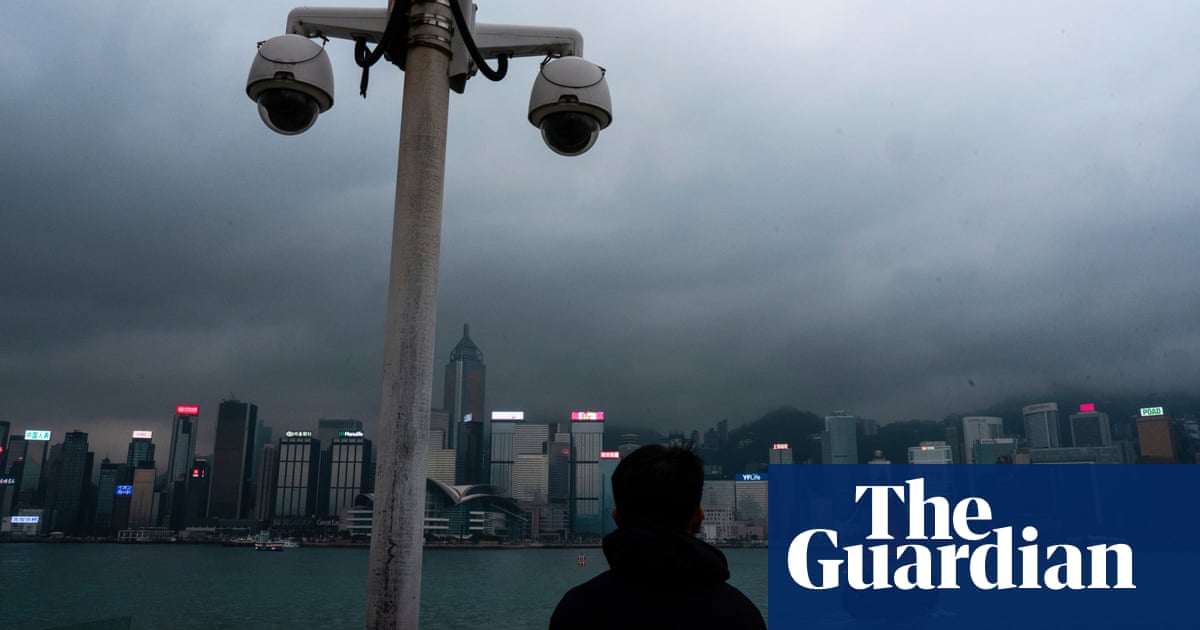
Of the 20 Democrat US presidential candidates who recently participated in the first two rounds of debates on CNN, nine so far have qualified for the next stage.
Statements from the Iranian leaders and the coverage of the debates by the Iranian media show that the Islamic Republic is closely watching and examining the process. This is because the outcome of next year’s US presidential election will be one of the most important developments for the ruling mullahs; it will have significant implications for the geopolitical, strategic and economic landscapes of the regime in Tehran.
Nothing better illustrates this than considering the effects of two successive US presidents — Barack Obama and Donald Trump — on the theocratic Iranian establishment.
When Obama assumed office, the ruling mullahs’ hold on power was in jeopardy as a result of four rounds of crippling economic sanctions imposed by the United Nations Security Council. Tehran was having a difficult time financially assisting its militias and Syrian ally Bashar Assad. In fact, at one point many policy analysts, politicians and scholars thought the Syrian government was on the verge of collapse, because the balance of power had shifted considerably in favor of the opposition and rebel groups.
But then the US began the nuclear negotiations and high-level diplomatic initiatives with Iran. For the first time, officials from both sides met regularly and Obama made a historic phone call to Iranian President Hassan Rouhani. It was the highest-level communication between the two countries since 1979.
It is important to point out that the US was the single most important player during the negotiations with Iran at that time, helping to shape the P5+1 group comprised of the UN Security Council’s five permanent members — China, France, Russia, the United Kingdom and the United States — plus Germany.
Obama was willing to make significant concessions to the Islamic Republic. This included the transfer of $1.7 billion in cash to Tehran and releasing billions of dollars in previously frozen Iranian assets. This shows the effect of US policy on Iran. It altered the geopolitical chessboard of the Middle East by giving Tehran global legitimacy in the eyes of the international community. This newfound legitimacy and the lifting of sanctions freed up billions of dollars in funding for Iran’s military institution, the Revolutionary Guard Corps, as well as for Iran"s militia and terror groups.
A country that was exporting more than 2.5 million barrels per day (bpd) of oil under the Obama administration is now exporting 300,000 bpd or less
Dr. Majid Rafizadeh
Tehran used the influx of money to expand its influence throughout the region, including in Syria, Iraq, Yemen and Lebanon. The expansion campaign proved to be immensely successful. Iran was capable of spending between $6 billion and $35 billion a year to keep Assad, its staunchest regional ally, in power. Iran’s Shiite militias and proxies — specifically Hezbollah, the Houthis, and the conglomerate of about 40 Iraqi Shiite groups under the banner of the Popular Mobilization Forces — also gained significant power.
But the regime’s situation in Iran and the wider region altered dramatically when Republican nominee Donald Trump won the 2016 presidential election and assumed office. Within couple of years, a country that had benefited to the tune of billions of dollars and enjoyed free cash flow spiraled downwards until it had one of the worst economies in the world. The US pulled out of the nuclear agreement, reintroduced the primary and secondary sanctions that had been lifted under the Obama administration, and imposed a policy of applying “maximum pressure.”
Even Rouhani admitted, in January, that the Islamic Republic is enduring the worst economic crisis since its establishment in 1979, after inflation skyrocketed, the unemployment rate increased significantly, and the national currency, the rial, dropped to historic lows.
The regime has faced threats domestically and abroad. Protests erupted across the country as tens of thousands of Iranians took to the streets to protest against corruption, the thievery and tyranny of the ruling theocracy, and its funding of proxy armies and terrorists across the region. For the first time, chants such as “death to the dictator,” “death to (Supreme Leader Ali) Khamenei,” “death to Rouhani,” “reformists, hardliners, your game is now over,” “mullahs, have shame and let go of our country” and “we will die but will take our country back” were loudly heard across the country.
Iran’s expanding role in the region swiftly changed as well. A country that was exporting more than 2.5 million barrels per day (bpd) of oil under the Obama administration is now exporting 300,000 bpd or less, according to Reuters. Data from financial analysis company Refinitiv suggests the figure is about 240,000 bpd, which represents a decline of more than 90 percent.
As a result, the Iranian leaders were forced in the space of only two years to cut funding to their allies, militias and terror groups.
Iran is, therefore, nervously watching the US Presidential debates — because the outcome could either extend or further threaten the survival of the ruling mullahs.












